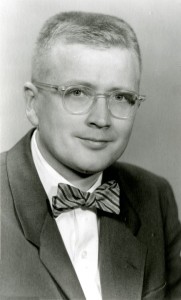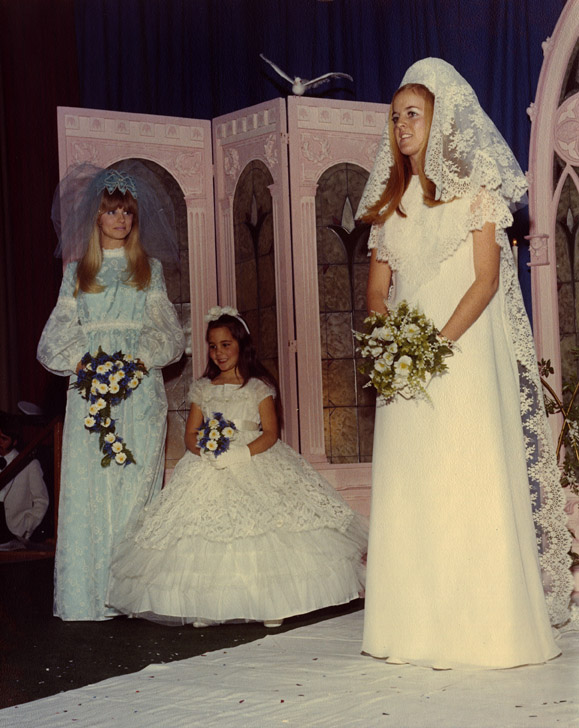Dr. Ernest Johnson has been in the business of physical rehabilitation for more than 60 years – since not long after he graduated from the College of Medicine in 1952. However, he’s been associated with the University since 1942 when he first arrived as a freshman at OSU.
Dr. Johnson, known as Ernie or ‘Dr. J’ to many, was drafted to serve in World War II shortly after he enrolled, but he returned to the university four years later, intending to study journalism. He was a voracious reader growing up, had worked for a newspaper since the age of 16 and had served as editor of his Akron high school’s newspaper. However, a conversation with his college roommate apparently changed his career drastically. Johnson said that his roommate told him, “You have four years of free education, why don’t you become a doctor?” So he did.
Johnson used his GI benefits to the utmost by taking 26 credit hours a quarter. He was also working in the cafeteria, where he met his wife, Joanne. He earned his undergraduate degree in 1948 (he and Joanne were married later that year) and his medical degree in 1952. He completed his residency, also at Ohio State, in 1957 and was named an assistant professor in the College of Medicine that year.
His specialty was physical medicine and rehabilitation. He studied carpel tunnel syndrome, and along the way became a crusader for the rights of the disabled. He was named chairman of his department in 1963, a position he would hold for almost thirty years. In 1974 he led a group that organized a grant project to build Ohio State’s Creative Living Center, a living-learning facility for the physically disabled. It was the first of its kind in the Midwest, and inspired many other similar centers across the country. Johnson also organized the Ohio Wheelchair Athletic Association in 1970.
Both of these projects earned him much recognition, but the awards displayed in his office instead included those for “popping wheelies” (balancing a wheelchair on its back wheels and spinning in either direction). In fact, Johnson required that all of his students (including more than 160 residents) be able to pop a wheelie. He said it made them more aware of what their patients were going through. Under his guidance, the department of physical medicine and rehabilitation became the third-highest ranking program in the country.
– Filed by C.N.








Recent Comments